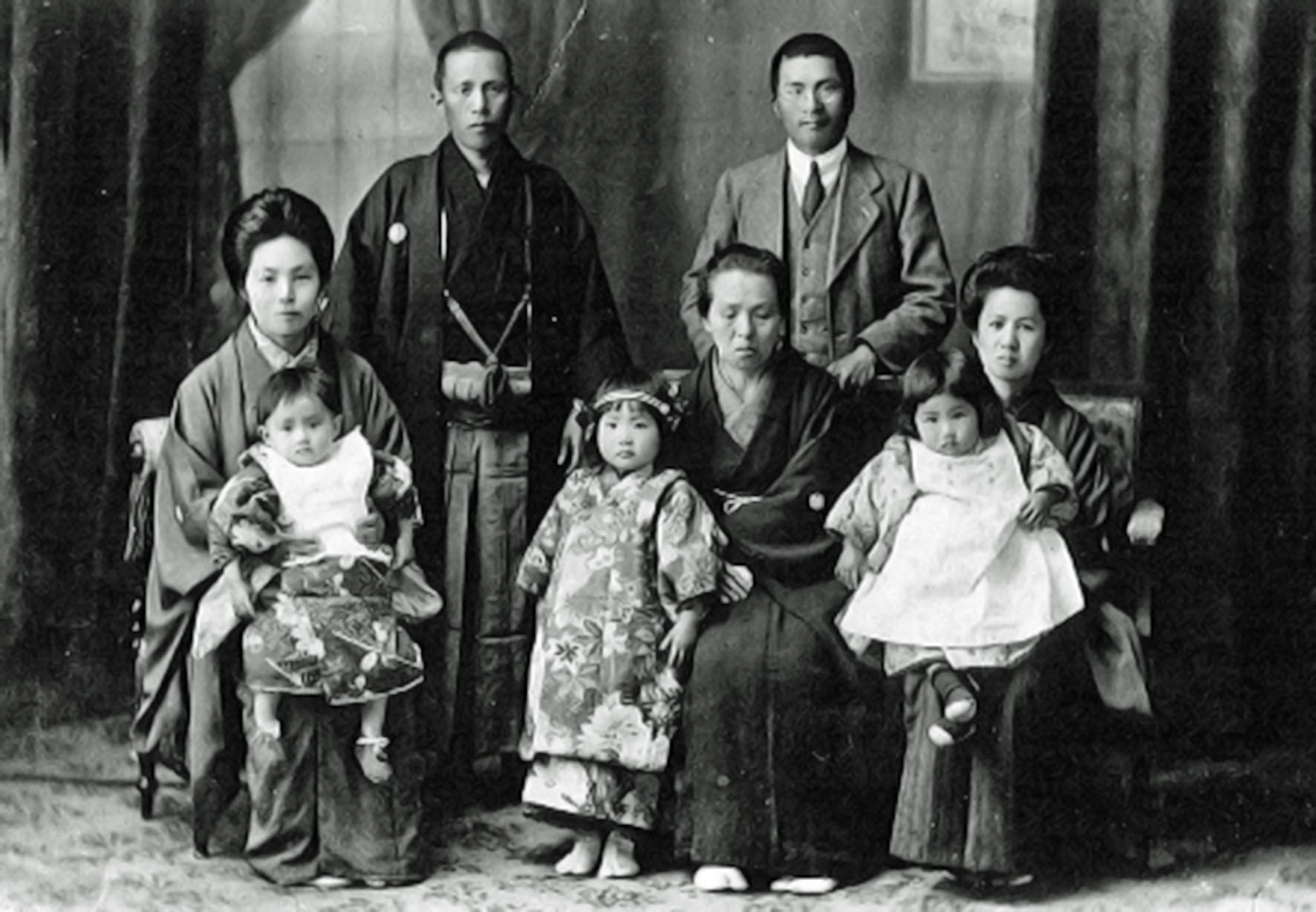In ancient times, Japanese arts and crafts were greatly influenced by the introduction of techniques and aesthetics from Korea and China. In particular, Japan owes the development of its ceramics to the skilled craftsmen brought over from Korea at the end of 16th century, when Toyotomi Hideyoshi invaded the Korean Peninsula and a large number of potters were forcibly taken back to Japan. Subsequently, in areas such as Arita in present-day Saga Prefecture, they laid the foundations of a ceramics industry that would became world famous.
Then, in 1910, Japan annexed Korea, and the period of occupation and cultural oppression that followed still haunts the relationship between the two countries. However, it is refreshing to remember that during the time of the occupation there were two Japanese brothers who stood by Koreans and dedicated their lives to preserving the heritage, traditional culture and pride of the local people through the field of ceramics and crafts.
The brothers' names were Noritaka (1884-1964) and Takumi Asakawa (1891-1931). And though they were all but forgotten after World War II, the brothers were a great inspiration to Soetsu Yanagi (1889-1961), guiding him toward a better understanding of Joseon arts and crafts — and eventually leading him to establish the mingei movement along with notable artists such as Kenkichi Tomimoto, Kanjiro Kawai and Shoji Hamada.


















With your current subscription plan you can comment on stories. However, before writing your first comment, please create a display name in the Profile section of your subscriber account page.